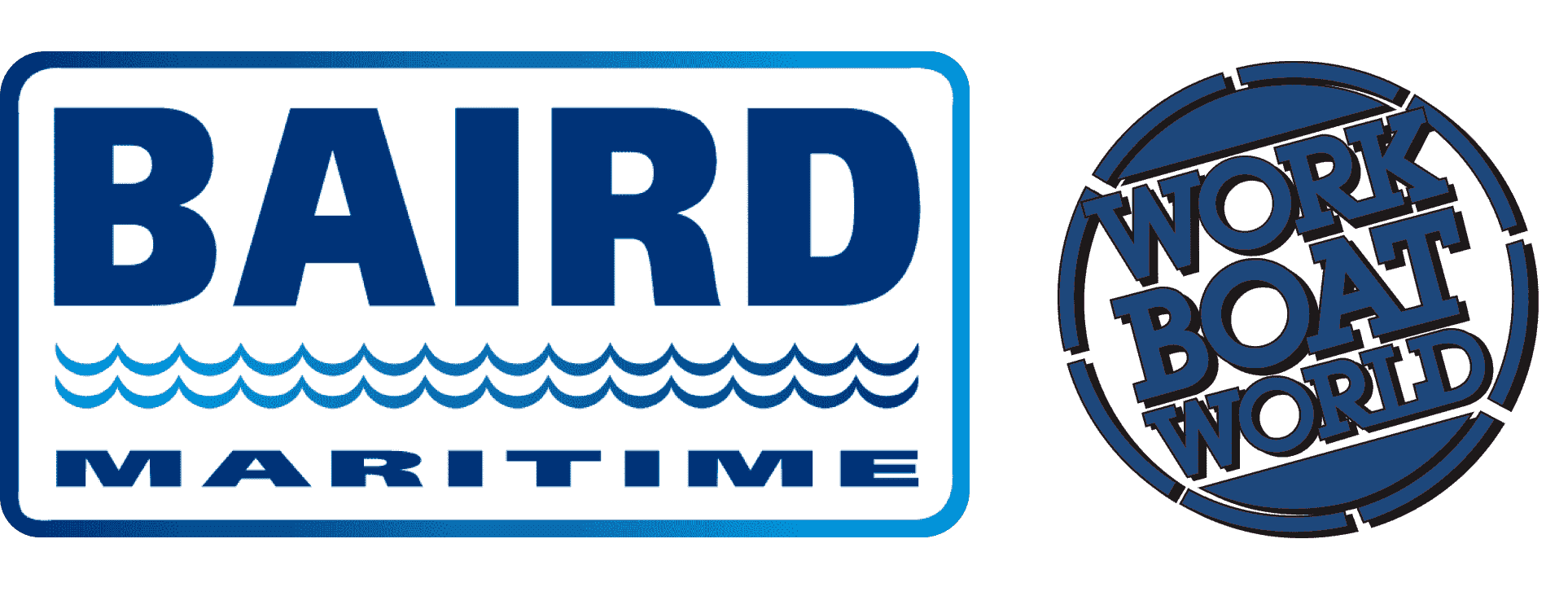VESSEL REVIEW | New Zealand's Auckland Transport to operate new electric ferry on inner city routes
New Zealand transport provider Auckland Transport will soon commence operational sailings of a new catamaran commuter ferry built by local shipyard McMullen and Wing.
The vessel is the first example in a new series of fast commuter ferries designed by local company EV Maritime and built with support from the New Zealand Government. It will be one of two ferries that will enter service on the 16-kilometre (10-mile) route between downtown Auckland and the suburb of Half Moon Bay.
EV Maritime led the ferry’s design, naval architecture, and project delivery, including full electrical system integration.
The vessel has lightweight FRP construction, an LOA of 25.6 metres (84 feet), a beam of 8.85 metres (29 feet), a draught of only 1.3 metres (4.3 feet), and three crewmembers. Gurit, which supplied the FRP hull material, said that the foam core material is durable enough to withstand even unpredictable marine conditions.
Fast transit speeds for daily crossings
A Freudenberg 1,075kWh liquid-cooled, lithium-ion battery pack drives four Danfoss Editron 300kW electric motors connected to four Hamilton LTX36 waterjets, which also enhance manoeuvrability during berthing/unberthing and navigating in busy waters.
During trials, the electric propulsion enabled the ferry to reach a speed of 30.4 knots, though regular sailings will be undertaken at a service speed of 25 knots. An energy management system also supplied by Danfoss Editron controls the energy flow around the vessel.
The hull adopts a low-wash, semi-displacement form while dual redundant systems will reduce the risk of failure while the ferry is underway. A set of interceptors provides trim control, keeping the vessel’s attitude as level as possible during fast transits and turns.
The vessel is charged by two manually-handled DC charging cables supplying 1.1 MW each, using hardware developed for the new CharIN megawatt charging system and supplied by Zinus. Shoreside charging was supplied by ABB.
EV Maritime said that charging of the batteries can be completed in as little as 10 minutes during turnarounds, though the company expects a 25-minute full charge will supply enough power to enable sailing up to 40 kilometres (25 miles), roughly equivalent to three one-way trips on its assigned route.
Ample facilities ideal for commuter operations
The ferry is able to accommodate 200 passengers plus nine bicycles and scooters on a fully enclosed main deck with additional seating for up to 30 people on the upper deck. Amenities include two standard toilets, an ADA-accessible toilet, and a small kiosk that serves coffee and other refreshments.
The interiors are kept comfortable by an HVAC system and extensive glazing for panoramic views.
The ferry’s wheelhouse electronics include a chartplotter, a radar, VHF radios and an AIS from Simrad, Attest Marine alarms and monitoring control screens, and an EV Maritime real-time monitoring system. The displays also show video feed from 24 CCTV cameras installed throughout the vessel.
The freshwater and wastewater capacities are 500 litres (100 gallons) and 1,000 litres (200 gallons), respectively.
The ferry was surveyed to Maritime New Zealand Rule 40A with reference to DNV class requirements.


